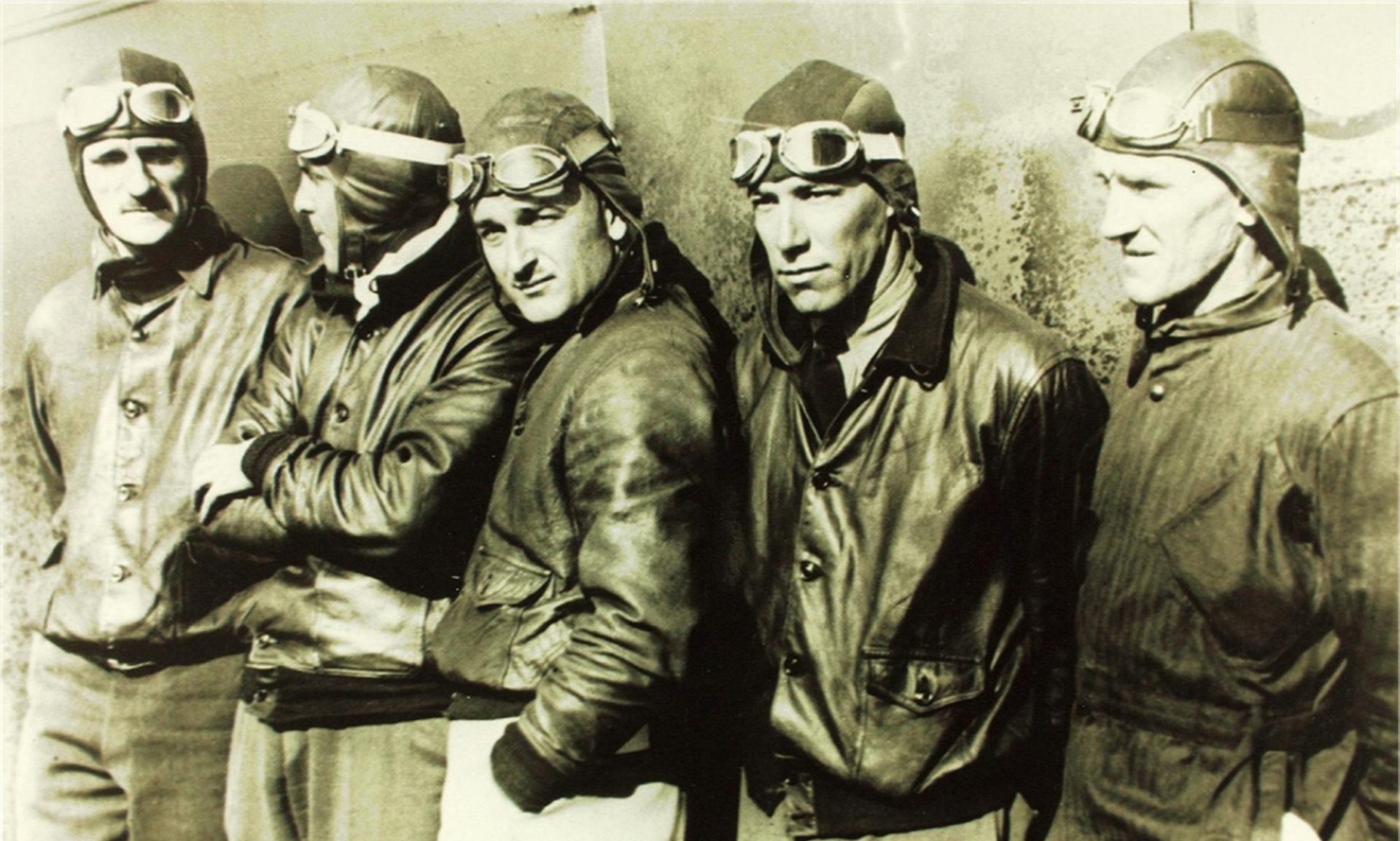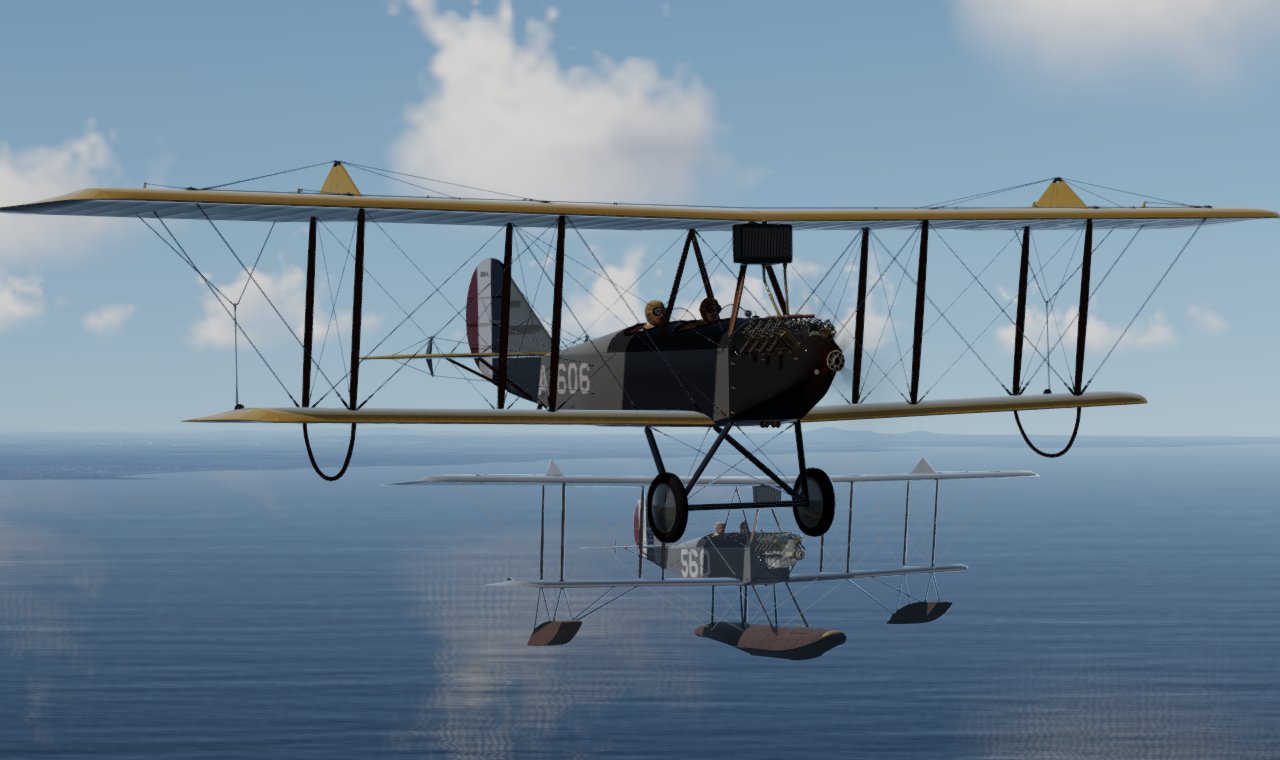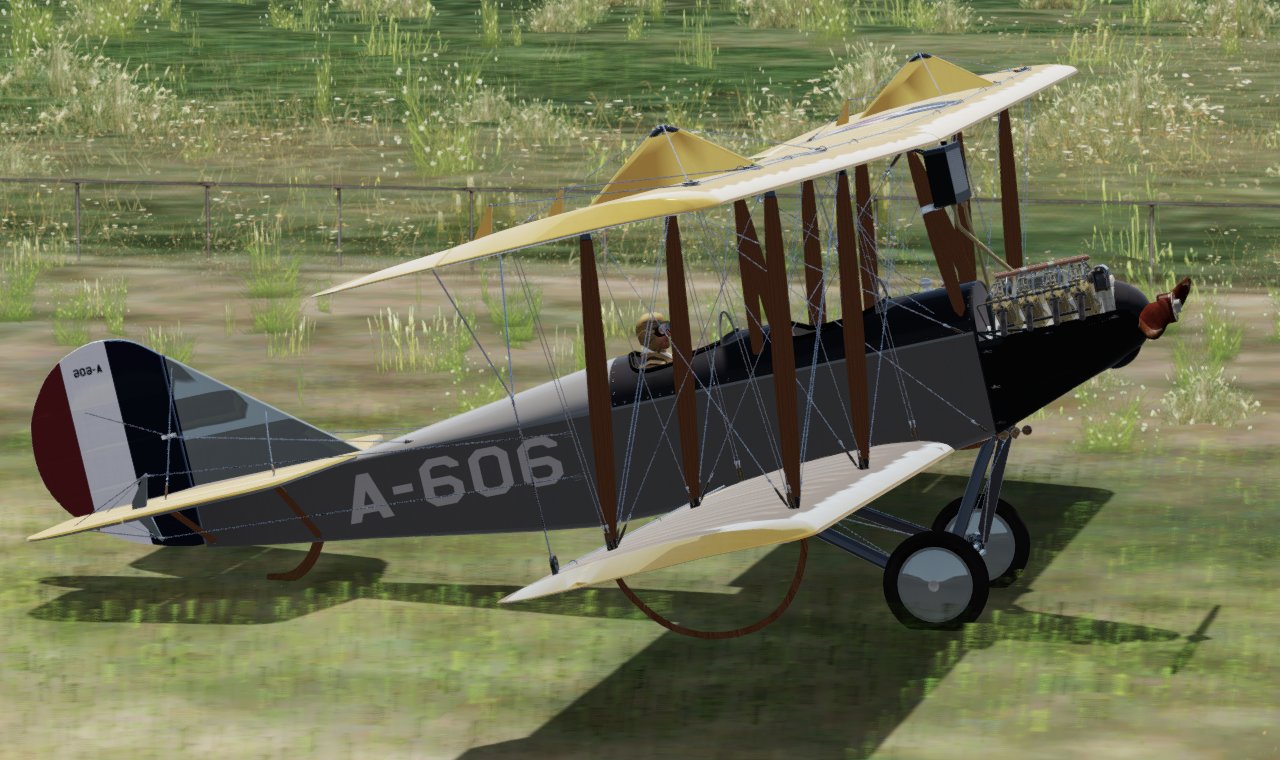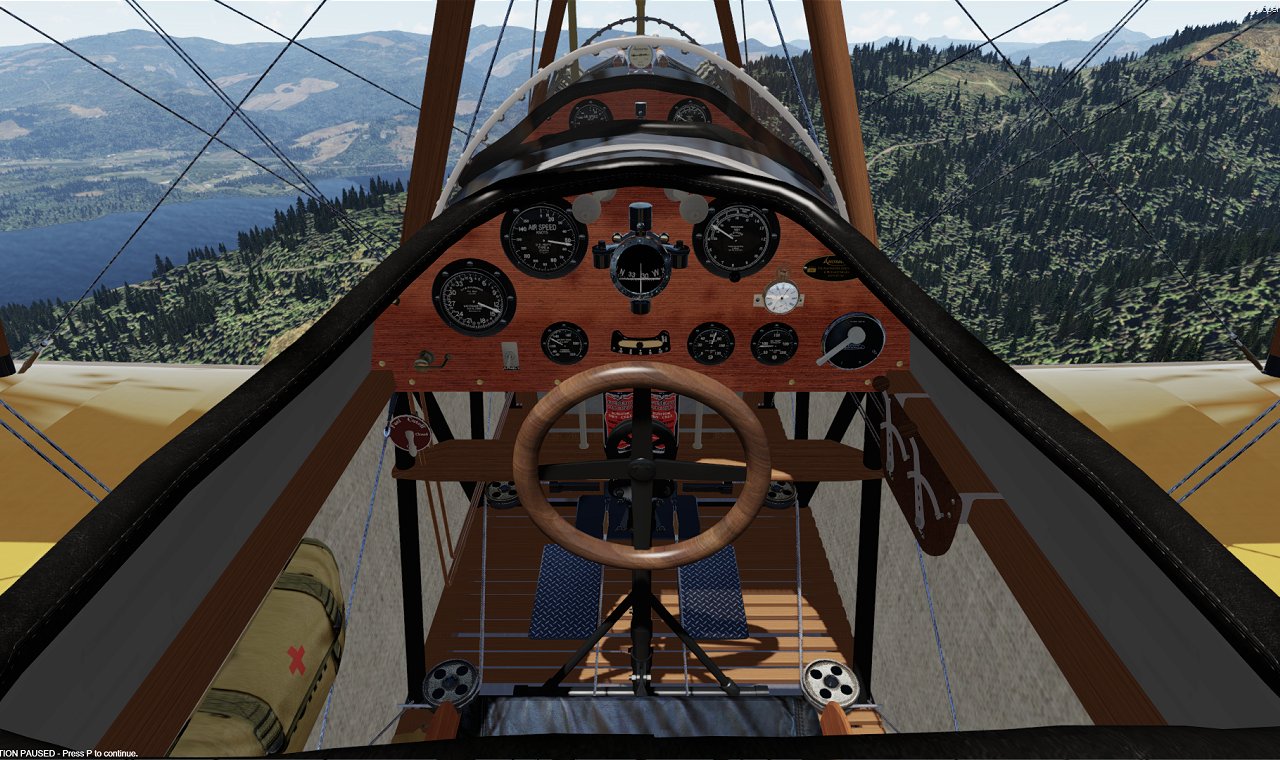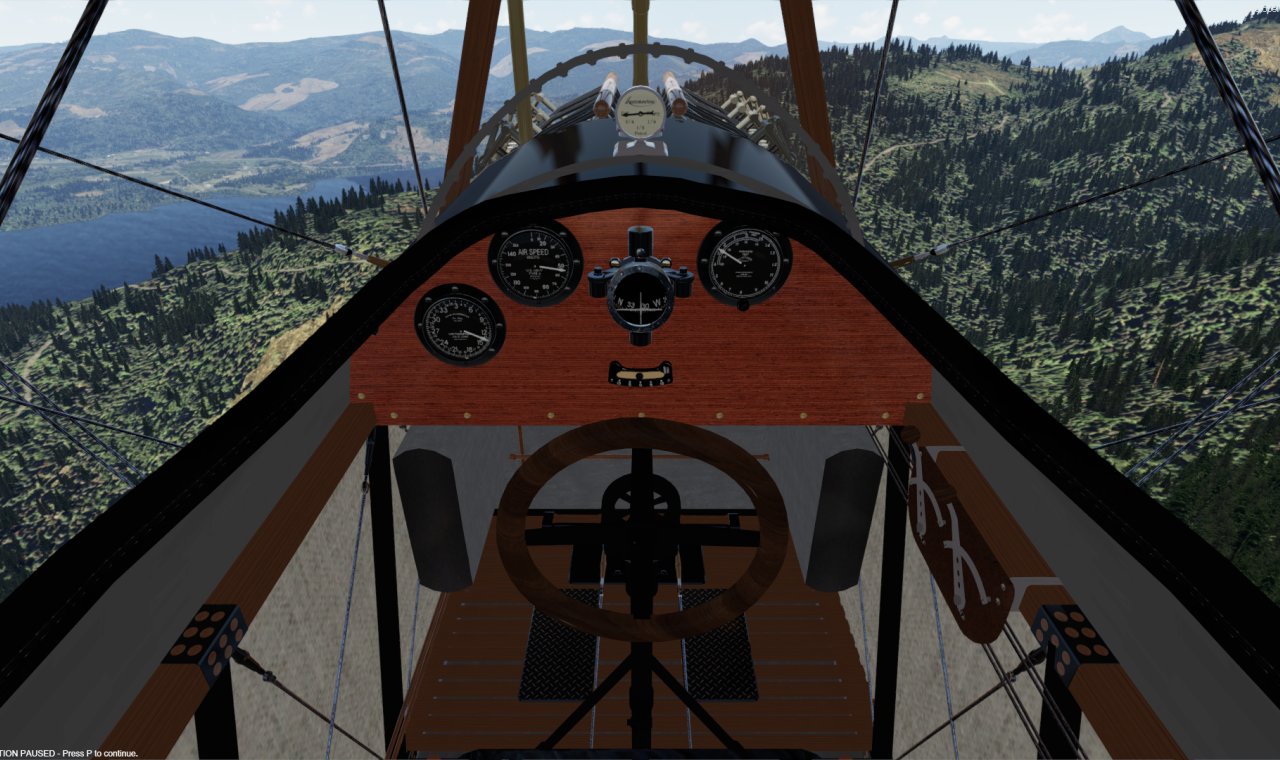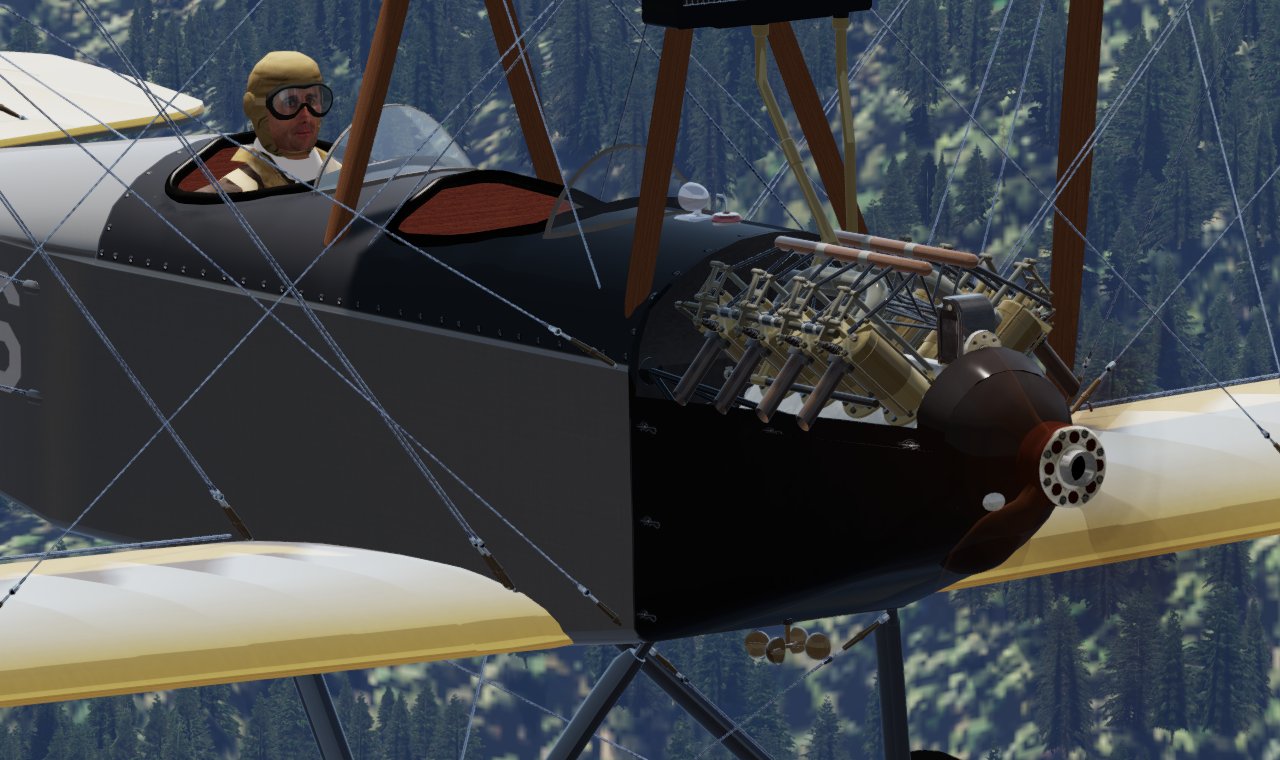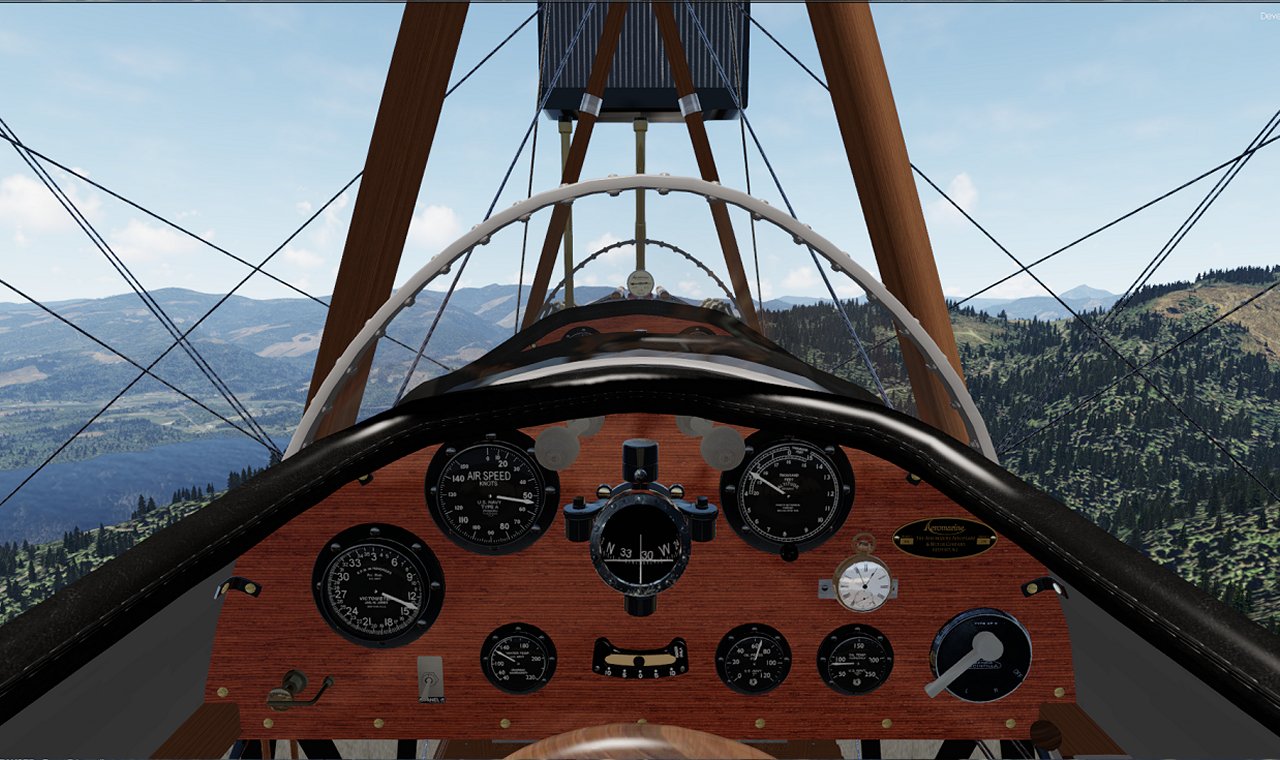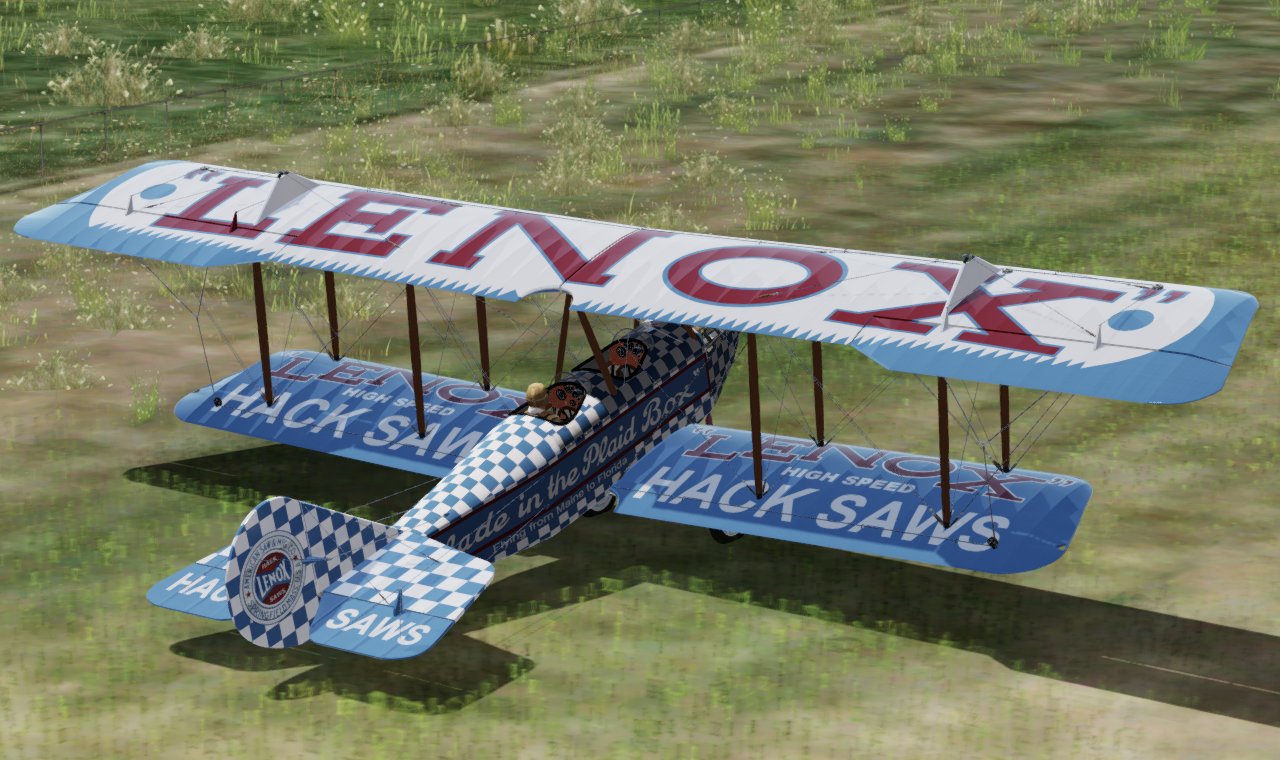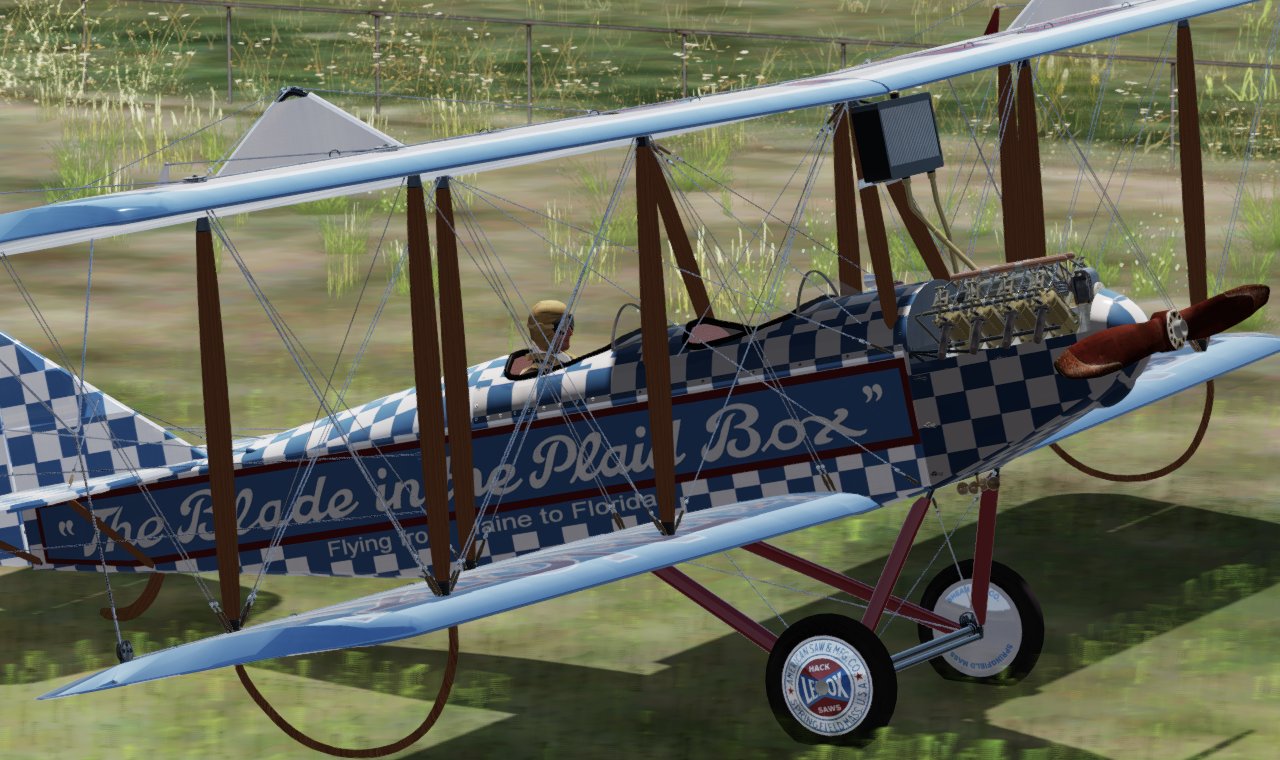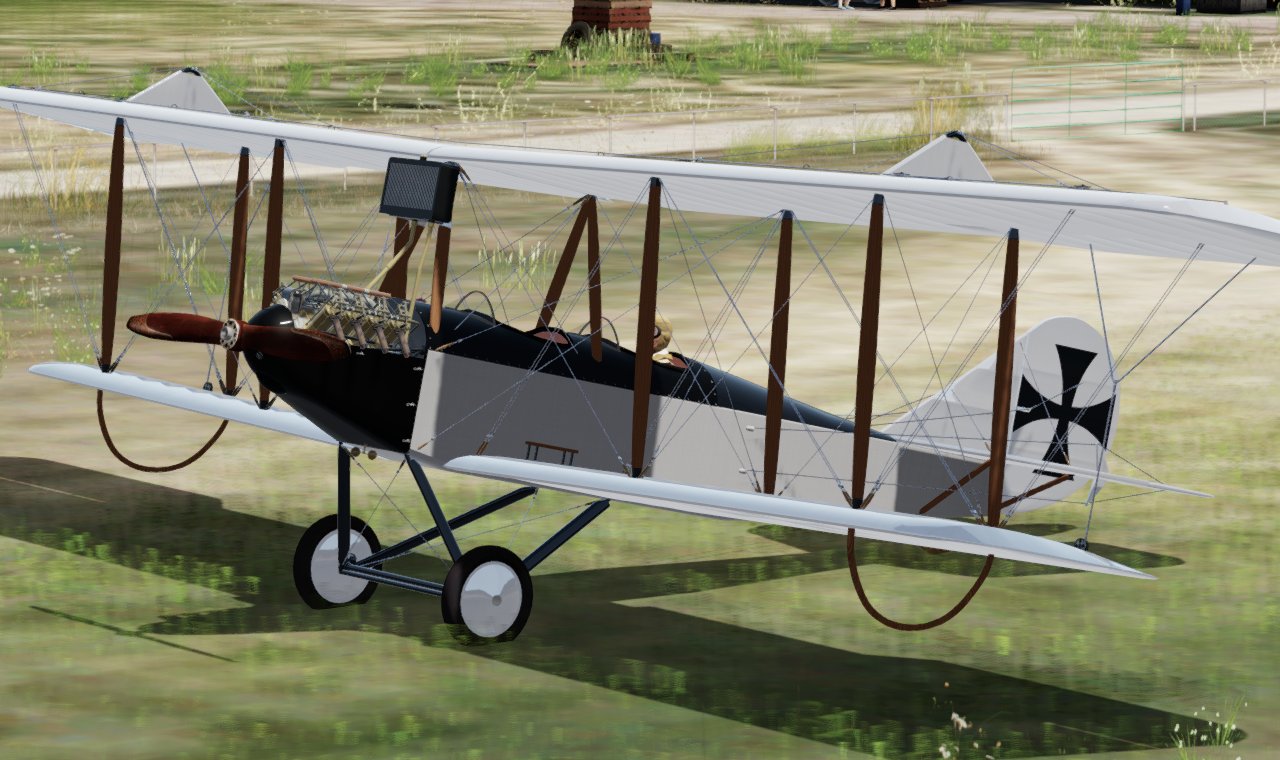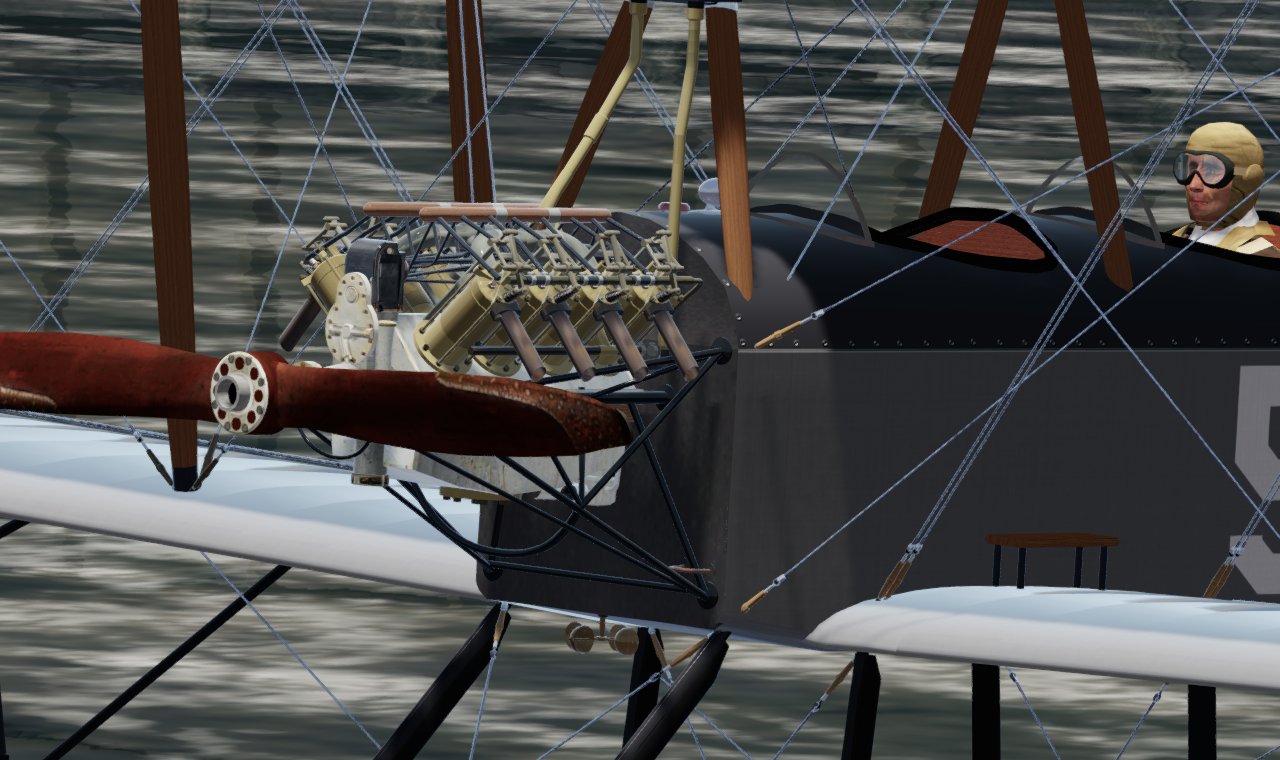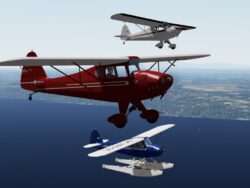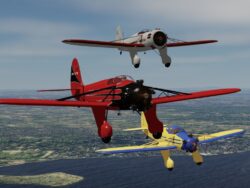Description
In 1917, the United States Navy entered into a contract with the Aeromarine Plane and Motor Company for a new twin-seat biplane trainer aircraft. From the period spanning 1910 to 1924,Aeromarine delivered various aircraft types for civilian and military service – mailplanes, floatplane fighters and night time bombers among the group. With its key location near the Atlantic – its facilities were at Keyport, New Jersey – Aeromarine held perfect access to designing and developing aircraft intended to fly over water. The USN request was met by the Aeromarine 39 design and was eventually used as a land- and water-based trainer. Production totaled 150 aircraft.
The Aeromarine 39’s design and construction was highly conventional for the period. It featured a slab-sided fuselage with seating for two in line. Its biplane wing arrangement included an upper and lower wing section, this supported by parallel struts and cabling for strength and control. The engine was fitted at the front of the fuselage in the usual way and drove a two-bladed wooden propeller. The empennage consisted of a single vertical tail gin with its applicable horizontal tailplanes. The undercarriage came in two forms depending on the service needed – for seaborne operations, pontoon floats were featured with a quick-removal capability, allowing a twin-wheeled undercarriage with tailskid arrangement to be used for land-based service of the aircraft.
Of the 150 total aircraft manufactured by Aeromarine, the initial fifty units were outfitted with the Hall-Scott A-7 engine of 100 horsepower (same as on the Standard J-1 trainers) as well as twin floats. These later came to be known as the “Aeromarine 39A” for the line went on to include a revised variant – the Aeromarine 39B. The 39B model held a modified floatplane undercarriage that featured a single pontoon with outboard floats instead. The engine was now switched over to a Curtiss OXX series system of 100horsepower due to the Hall-Scott’s propensity to catch fire. The vertical tail unit was granted more surface area for improved controlling. Dimensions included a length of 9.25 meters, a wingspan of 14.3 meters and a height of 4meters. Maximum speed was 73 miles per hour with a range of 273 miles and service ceiling up to 8,200 feet.
Our representation is that of the models 39B Land Plane and the 39B Seaplane. It is fully animated with tool tips active in the VC cockpit for all animated parts. Primarily developed for the 64-Bit versions (V4, V5) of Lockheed Martin Prepar3D, we have provided installers with versions supported by earlier versions of P3D and Legacy FSXA / FSX Steam Editions.
Our package includes:
- Aeromarine 39B land and Seaplane
- High quality, Fully Animated 3D Model with 4 period correct liveries for the land plane and one for the Seaplane.
- High Resolution 4K DXT 5 Textures
- Physically Based Rendering (PBR) material properties applied to P3D V4 and V5 models
- Fully Modeled Detailed Animated Curtiss OXX6 8 cylinder engine
- Fully Animated VC cockpit with VC Cockpit Shadowing and Smooth 3D modeled gauges
- User Controlled Aircraft Configuration Manager
- VC Cockpit Custom Sound Package
- Volumetric Propeller Textures
- High Fidelity Sound Files
- Precision Flight Dynamics
- Fully Animated Pilot Figure
- Custom installer for Lockheed Martin Prepar3D (all versions), Legacy FSXA, and FSX Steam Edition
System Requirements:
- Windows 7/8/10/11 (32 or 64 bit)
- Lockheed Martin – Prepar3D Flight Simulator Versions 1 – 5, Microsoft Flight Simulator FSXA, or FSX Steam Edition
- Pentium Quad Core @ 3.0 GHz or similar – 4 GB RAM – 4 GB graphics card – DirectX 12
- 1 GB Hard Drive Space
Product Video
